No results found



















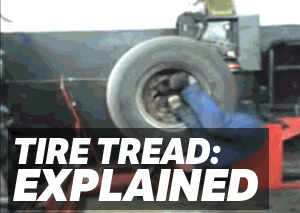
Tread Types Explained
All Season Tires
The “all season” tire is hard to define specifically, as it has a lot of variation in design. Generally speaking, most passenger car and SUV tires would fall under this category, but their applications vary widely. All terrain tires perform well in wet and dry conditions throughout the year, and they can be used in the winter, but usually are not the best performing in the snow.
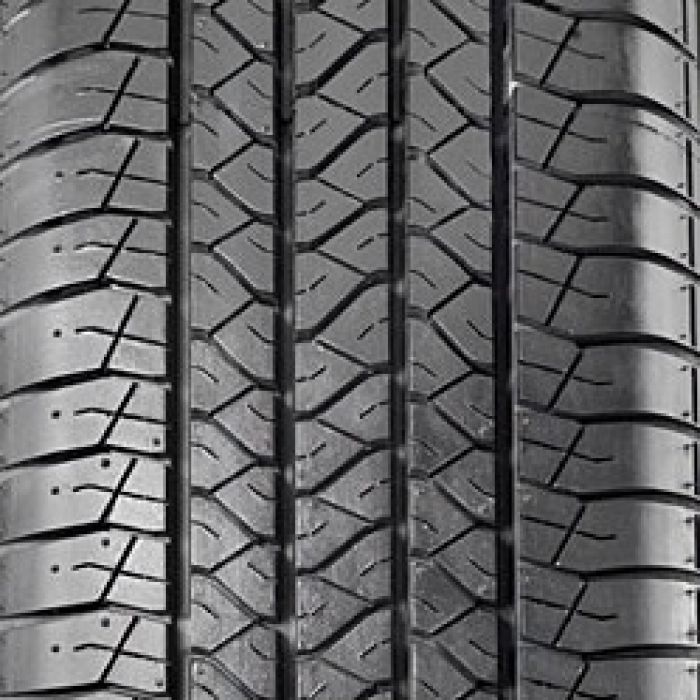
Their compounds are generally a little harder for a long tire life, and continuous grooves are common (which help to move water through the tread.)
Summer Tires
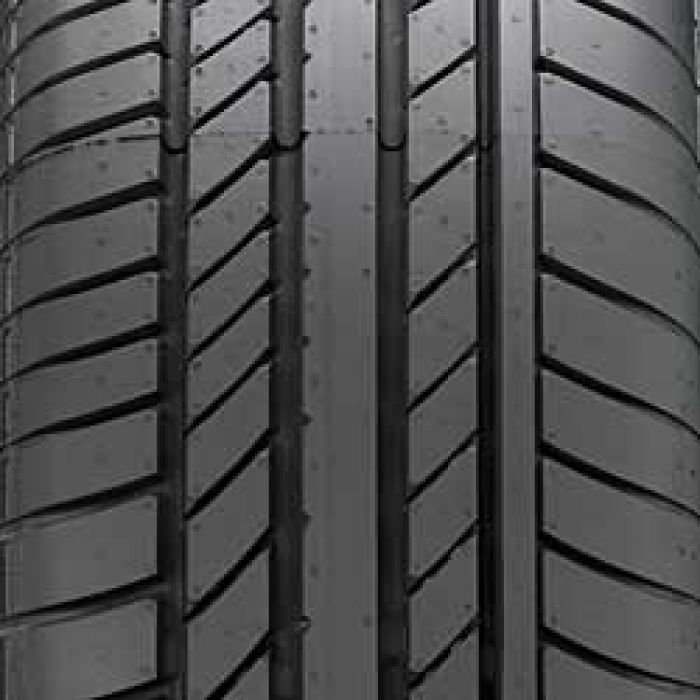
Summer tires are probably the closest relative to all seasons, as they are usually made to work well in both wet and dry conditions. However, they are not designed to function in snow at all. These tires tend to have less grooving and utilize softer compounds in order to improve contact patch and grip for high performance applications.
Winter Tires

Winter tires are composed of rubber compounds that are specifically designed to work in cold temperatures and snowy/slick/wet conditions. Their tread patterns are specifically designed to make sure the tire can “bite” the snow to gain traction, giving winter tire tread a jagged look, Some winter tires come with studs which increase traction in icy conditions. It’s important to remember that because this rubber compound is designed for cold temperatures, the performance in warmer temperatures is not optimum.
Slicks
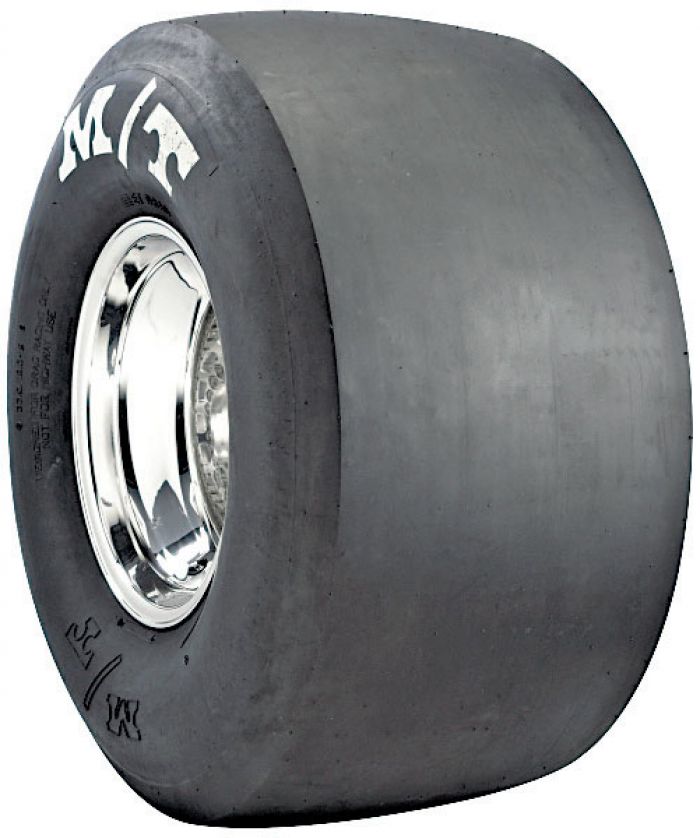
Racing slicks come in various forms for different applications, but feature no tread. While this feature inhibits their performance in wet conditions, it allows a maximized contact patch area to put the power to the ground in the dry. Racing slicks have extremely soft compounds, and because they have no tread to measure, they use holes to determine how much rubber is left on the tire. Tire life is determined not only by the rubber left on the tire, but also by the quality of the rubber due to heat cycles.
All Terrain
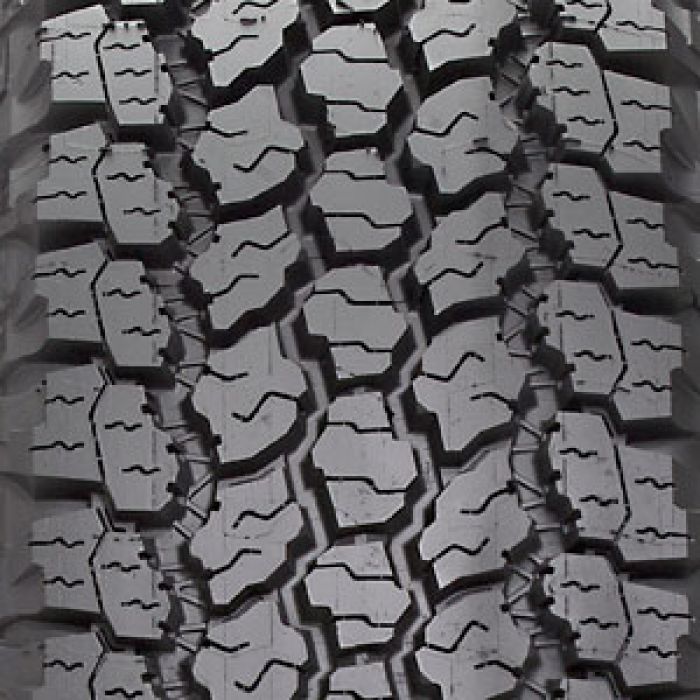
These tires are not the most efficient rolling tire in the world, but are meant to perform in general off road conditions. The rubber “blocks” featured in these offroad tires are large, but are fairly closely spaced together, and all terrain tires usually have decent amounts of siping (or small cuts) to aid in block flex.
Mud Terrain

These offroad tires are even less efficient, but are excellent at grabbing at soggy and muddy conditions. Mud terrains generally have large blocks of rubber with big spaces in between, and may even have small tread on the sidewall for additional grab in loose conditions.
